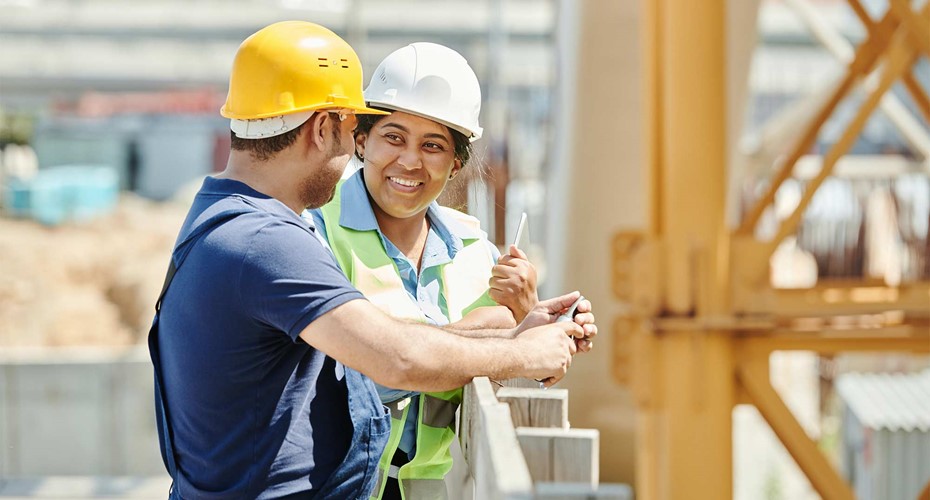A DIY opportunity: The option of develop-and-hold for property investors


Post by John Bolton - Squirrel Founder
Property investors are probably feeling a bit disillusioned with the lack of "easy" opportunities out in the market of late.
Existing property has lost its appeal with the removal of tax deductibility. Commercial’s an option, but relatively low yield, and not as liquid – and there’s always the risk of a space sitting untenanted for ages (especially in this climate).
New builds are plugged by property marketing firms, but with lots of developers needing to move stock right now, there are opportunities – especially for anyone rethinking their portfolio to become more tax efficient.
Buying new from a developer is one way to do it, but I want to talk to the option to develop-and-hold yourself.
The advantages of develop-and-hold
Develop-and-hold is exactly what it sounds like: developing property and holding onto it long-term as part of your portfolio – and (if you can make it work) it comes with a lot of advantages.
The big one, obviously, is that new builds are tax-deductible. If you’ve got development land within your portfolio, replacing one or two existing houses with new builds is a smart way of improving cash flow and getting full tax deductibility.
Undertaking this sort of project can also give you the chance to restructure other existing debt, potentially moving all of it onto the development – again, tax deductible.
And because you’re building the properties yourself, you can design them as you want them, and hold onto development profits. At the moment, I’m seeing clients reaping up to about a 22% return on projects.
It’s worth noting that there are lots of firms that specialise in design-and-build projects for investors, so you don’t actually have to be a construction expert to make it happen. You can engage builders to deliver almost a turnkey solution.
Market forces are helping to make this a really attractive option.
Development land has been hit hard by recent price falls – with prices down 20% to 30% from peak in some cases – meaning there are some good deals to be negotiated. And if you already own development land, there’s no changing the fact it’s not worth now what it was a year ago, so develop-and-hold can be a great way of enhancing return.
With the construction sector slowing down rapidly, that will trickle through to more reasonable construction costs and give you greater bargaining power around things like tradies’ hourly rates.
It might not be the case yet, but 6-12 months down the track (i.e. once you’ve gone through consenting), the construction market will be a lot softer, giving you much more cost control.
Some key things to consider from a financial perspective.
1. It’s not for everyone.
Anyone looking to develop-and-hold will need good equity (ideally only borrowing 50% of the project end-value upon completion), and strong income to pass current bank servicing requirements.
For example, let’s say you’re building 10 townhouses for $8m with an end value of $9.5m – with $5m in debt, $1.5m profit margin (tax-free), and $3m equity release.
You’d generate $364,000 in rental income (sensitised to $291,000) and have $250,000 of interest costs on interest-only, so would be cash flow positive.
But with servicing test rates at nearly 8.00%, you’d need $434,000 of annualised income, or another $12k per month of uncommitted after-tax income (on top of rent) to pass servicing.
2. Funding can be a little tricky.
Banks typically aren’t too keen on funding develop-and-hold projects – but there are ways around this, including using a finance company for the development stage, then passing it back to banks at completion.
3. Have townhouses separately titled.
This way they’ll be treated as residential rather than commercial – and (post-development) you can split funding across a number of different lenders, rather than having it all with one. Splitting your banking is a must.
It also means you can sell properties individually in future, if you want to tap into liquidity.
4. Chat with a broker.
If you’re thinking about develop-and-hold as an option, make sure to chat with a good mortgage broker, like Squirrel, who can guide you through the process.
Receive updates on the housing market, interest rates and the economy. No spam, we promise.
The opinions expressed in this article should not be taken as financial advice, or a recommendation of any financial product. Squirrel shall not be liable or responsible for any information, omissions, or errors present. Any commentary provided are the personal views of the author and are not necessarily representative of the views and opinions of Squirrel. We recommend seeking professional investment and/or mortgage advice before taking any action.
To view our disclosure statements and other legal information, please visit our Legal Agreements page here.


